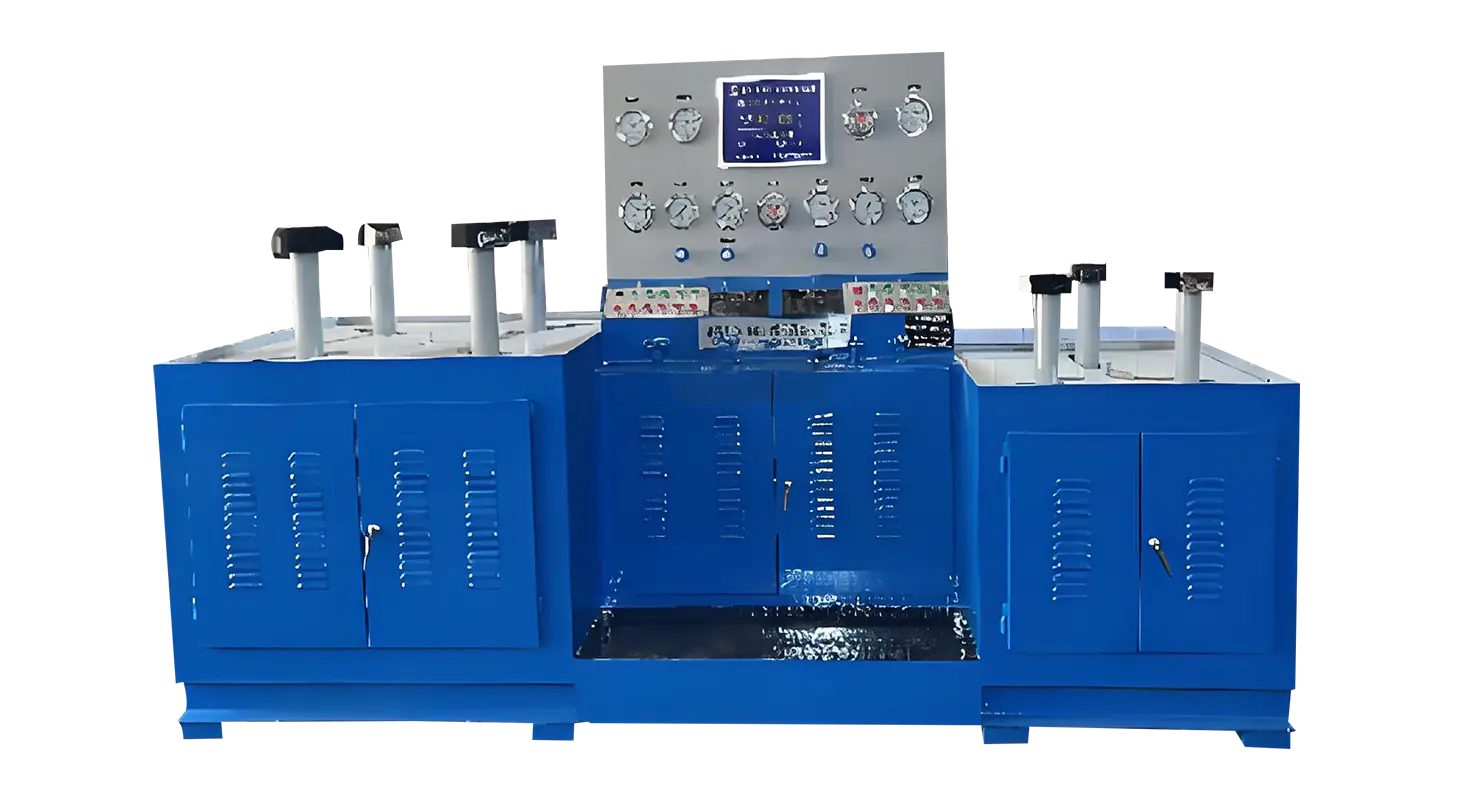Mar 31, 2025
Quality and brand
Well-known brands and good quality valve test benches, usually using high-quality materials and advanced manufacturing processes, its service life is relatively long service life. For example, some of the high-strength steel production framework, precision machined sealing components, and advanced control systems test bench, in the case of normal use and maintenance, may be used for more than 15 years.
Lesser quality test benches, on the other hand, may be prone to failure due to insufficient strength of materials, crude manufacturing processes, etc., and may have a service life of only 5 to 8 years or less.

Frequency and intensity of use
If the valve test bench is frequently used, with a large number of test tasks every day, the wear and tear of its components will be accelerated, thus shortening the service life. For example, some large-scale valve manufacturers of the test bench, due to heavy production tasks, may perform tens or even hundreds of tests per day, so the service life of the test bench may be about 10 years.
On the contrary, if the frequency of use is low, only occasional testing, then the service life of the test bench may be extended. For example, test benches in small businesses or laboratories, which may be used only a few times a week, may have a service life of more than 15 years.
Maintenance
Valve test benches that are regularly maintained will have a longer service life as potential problems are identified and resolved in a timely manner. Maintenance includes cleaning the equipment, inspecting seals, lubricating moving parts, and calibrating gauges. For example, regular cleaning and oil changes of the hydraulic system of the test bench can prevent damage to hydraulic components caused by oil contamination; inspection and replacement of seals can ensure the sealing and accuracy of the test.
If maintenance is neglected, the test bench may have various failures, such as poor sealing, unstable pressure, instrumentation failure, etc., which will seriously affect the service life.
Working environment
A test bench with a good working environment has a relatively long service life. For example, in a temperature, humidity, no corrosive gases, dusty environment used in the test bench, its components are not easy to be corroded and damaged.
In a harsh working environment, such as high temperature, high humidity, corrosive gases, or dust in a serious environment, the test bench components are prone to rust, corrosion, and damage, and the service life will be greatly reduced.
Working Environment (continued)
To further protect the longevity of a valve test rig, it is important to consider not only temperature and humidity but also the overall cleanliness of the facility. Dust and debris can accumulate on mechanical parts and electronic components, pilot to malfunctions or reduced accuracy in testing. Proper ventilation and controlled environmental conditions help maintain the reliability and precision of the valve test equipment.
Technological Advancements
Modern valve test rigs often incorporate advanced control systems and data acquisition technologies that improve testing efficiency and accuracy. For example, a valve test bench equipped with digital pressure sensors and automated control valves can perform tests with small manual intervention. These systems can record test results in real time, allowing operators to identify issues quickly and adjust testing parameters as needed.
Safety Considerations
Safety is a critical aspect of valve testing. The safety relief valve test bench plays a vital role in verifying that safety valves operate correctly under specific conditions. Regular and accurate testing ensures that these valves will perform reliably during emergency situations, protecting both personnel and equipment. The design of safety relief valve test benches includes robust containment measures to safely handle any unexpected release of pressure during testing.
Operational Efficiency
Efficiency in a valve test rig is not only about speed but also about less downtime and maintenance needs. Proper training of operators to use the valve test bench effectively can reduce errors and ensure consistent test results. Scheduling regular maintenance and calibration tasks reduces the risk of unexpected failures that can halt production or testing schedules.
Customization and Flexibility
Different industries and applications require testing of various valve types and sizes. Therefore, valve test benches and rigs should offer flexibility to accommodate different valve configurations. Some valve test rigs come with adjustable fixtures and adaptable control systems that allow for quick setup changes. This flexibility is important in facilities where multiple valve models need to be tested regularly.